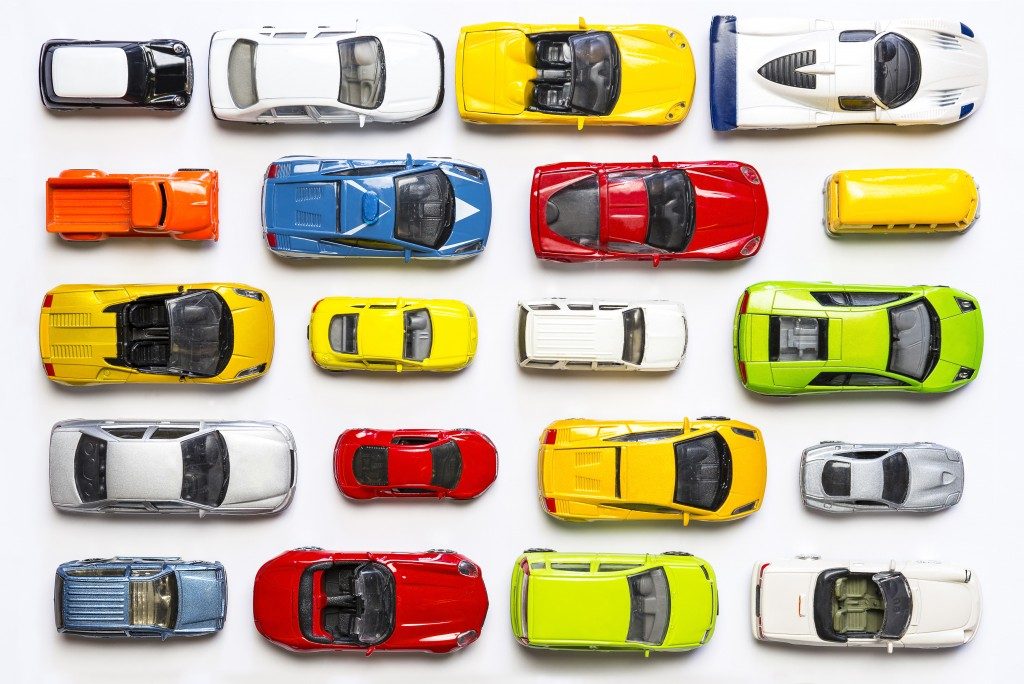The toy collectibles industry is a big industry and a hit among kids of all ages. Toys today aren’t just viewed as playthings but as collectibles — an investment of some sort. The toy collectible market is steadily growing globally.
Bootlegs and knockoffs aren’t exactly new to the market. KOs have been around for quite some time. Though there may mostly be licensing and quality concerns with the products, the steady increase of bootleg manufacturers in the market are something the toy community cannot deny.
Despite some distortions to the actual product or minor errors in printing and packaging, it is undeniable that KOs are getting more and more popular today.
The Toy Collectibles Market
The growing popularity of toys, collectibles, and video games are brought about by Generation X, those born in the 60s to early 80s. This explains why some of the most expensive toys come from that era. Some of the biggest and thriving online toy communities are Lego, Transformers, G.I. Joe, and Star Wars groups. All these have a great following especially from that particular demographic.
The makers of Lego still keep churning out new material for this generation of builders. With tie-ins to certain franchises such as Marvel and Star Wars, Lego is a hit both to the young and old. Transformers and Star Wars are still relevant to the youth today, thanks to the movies. While Hasbro hasn’t put out any new G.I. Joe material, a new movie in the works makes a new wave of toys a huge possibility.
Bootlegs: The Cheaper Alternative

Despite the closure of certain popular toy stores, the market for toys and collectibles continue to rise globally. The liquidation and eventual closing of Toys R Us in 2018 kept toys at the top of the minds of parents and grandparents, especially, in light of all the negative media about children’s overexposure to gadgets.
However, toys aren’t exactly cheap, to begin with, especially if you’re looking at brands like Barbie, My Little Pony, Marvel Legends, Star Wars Black Series, and Funko Pop. For this reason, third-party toy manufacturers began making their versions to provide for a certain niche in the market.
These makers came up with cheaper alternatives to the more expensive brands like Lego and Transformers. They partnered with other manufacturers and companies offering injection molding, a process many people thought that is only for industrial use but is now becoming popular particularly in toy car collectors.
The quality of their products varies depending on the maker but, generally, some pass off as the real thing, while others are horrendous versions of their original counterparts. Some even copy the exact packaging with a few tweaks to the brand or the text on the card or box.
Some KOs become collectibles themselves because of low supply and high demand. Even the crudest of KOs appeal to certain collectors. These collectors are willing to shell out top dollar for certain toys, especially if they came from well-known bootleg artists.
Either way, bootlegs are contributing to a huge chunk of toy purchases today, much to legitimate toymakers’ dismay. They provide not just less expensive items, but they also allow the collector to own pieces that are not mass-produced, bringing up its value based on rarity.
In this time of electronic devices and video games, toy companies — both authentic and bootlegs — are keeping the toy industry alive. Toys are far from dead.

